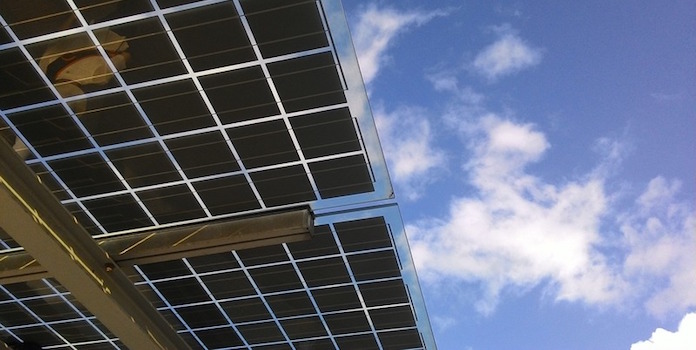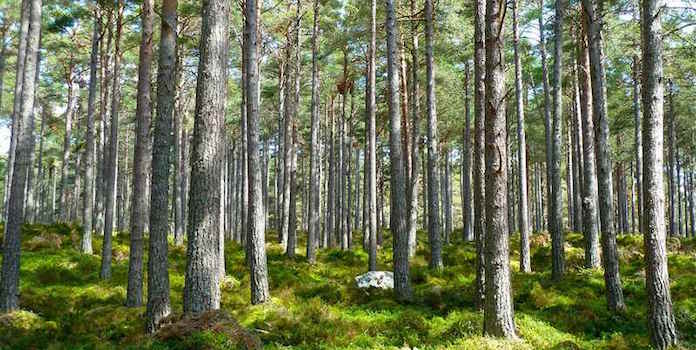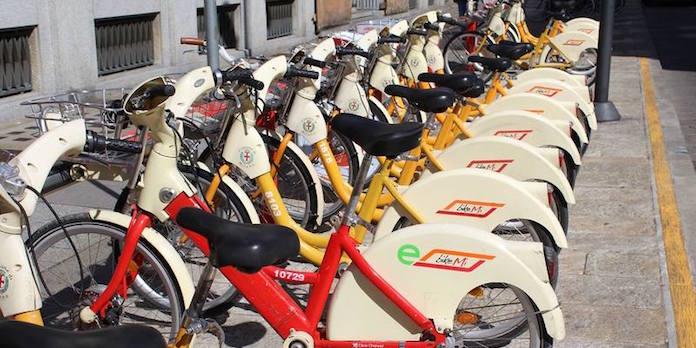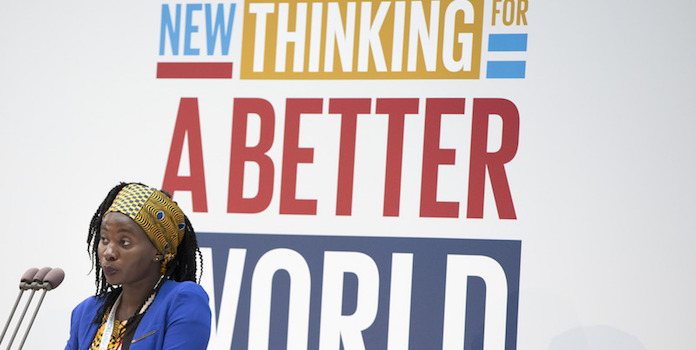What is Environmental Sustainability?

What is environmental sustainability, and how is it different from sustainable development?
We’ve heard the word ‘sustainable’ used often over the past decade as renewable energy sources continue to penetrate the energy market. But what exactly does environmental sustainability mean?
When can something be categorized as environmentally sustainable? What about sustainable development, is that a synonym or a different classification? In this article, I’ll differentiate between these two concepts that are commonly confused for one another, and explain the unique importance of each.
Laying the ground rules: defining environmental + sustainability
In order to define environmental sustainability, we need to break the term down into two separate words: environmental and sustainability. For the time being, let’s interpret environmental as “relating to the environment,” and focus on the definition of sustainability and its various meanings.
Outside of the environmental context, sustainability can be defined as the ability to continue a defined behavior indefinitely. In fact, the word is derived from the Latin term sustinere, which means to hold up, to endure without yielding. Sustainability is thus a state of living which is able to continue over a long period of time.
As it relates to the environment, it may be easiest to understand environmental sustainability by looking at examples of unsustainable environmental practices.
Have you ever wondered why, over the past 20 years, terms like ‘sustainable forestry’, ‘sustainable fishing’ or ‘sustainable agriculture’ have been used more and more? Precisely because the method in which we humans conducted this behavior for years, particularly following the industrial revolution, was very unsustainable.
The cutting down of rainforests, polluting our clear water reservoirs, and overusing chemicals and pesticides on our crops are just a few examples of unsustainable practices. Our continual degradation and exploitation of the earth’s resources for our own economic and societal needs have left many large and irreversible carbon footprints on our ecosystem.
So when it comes to the idea of environmental sustainability, we can use our original definition of sustainability and apply it to our use of environmental resources. It might be defined as something like this:
A rate of using the environment’s resources which are sustainable indefinitely.
Meaning, the rate we use environmental resources should not be faster than the rate at which the earth can replenish these resources, giving us a sustainable yield.
In fact, solar energy is a great example of a sustainable energy source. The amount of energy we harness from the sun is at an equal or lower level than the amount of energy the sun is giving out. The sun is never weaker or permanently damaged due to the energy we pull from it. Thus, generating solar power can easily be considered an environmentally sustainable practice.
Similarly, when we think of pollution as it relates to environmental sustainability, we have to ask ourselves a few questions: are we creating more waste than we can dispose of? And, are we creating that waste faster than we can dispose of it? If we can answer no to both questions, then an energy source that produces waste can still easily be considered environmentally sustainable.
Nuclear energy is a good example. Although the production process creates toxic waste from uranium, we have devised a way to dispose of such waste over a period of years, thus creating a sustainable waste disposal system.
It’s not all a bed of roses: the problem with environmental sustainability
In theory, the idea of environmental sustainability is idyllic. In practice, however, there are a few major hang ups. The biggest of which is that, in an effort to protect and preserve our environment and resources, we are often at odds with the needs of our growing industrialized society.
For example, it would be much more environmentally sustainable to eliminate all forms of transport that run on gasoline and have everyone ride bikes as our main form of transport. And yet, it would be crippling to our economy.
Unfortunately, many fundamental aspects of our global economy are powered by unsustainable energy practices. The widespread use of conventional fossil fuels is an excellent example. The amount of global pollution caused by our use of nonrenewable resources has done damage extensive enough to create a hole in the ozone layer.
We certainly have not come up with better ways to deal with carbon dioxide and other pollutants, yet we continue to drive cars and operate production facilities that run on the same fossil fuels and perpetuate the problem. This would obviously not be classified as environmentally sustainable.
Sustainability and its pillars
In truth, although we hear a lot about environmental sustainability, it makes up only one-third of the sustainability equation. Sustainability, as a concept, is widely defined as being comprised of three pillars: social, economic, and environmental. Solving the greater sustainability problem means solving all three sustainability issues. Not an easy task.
Most experts are in agreement that, while all three pillars are important, environmental sustainability is the most important of them all. It is impossible to maintain a sustainable social system or economic system if the system they operate in, the environment, is not sustainable. At the end of the day, social and economic aspects of the world will always be restricted to the environment’s ability to host them.
Defining sustainable development
The concept of sustainable development was first created in 1987 by the World Commission on Environmental and Development, and was defined as:
A development which meets the needs of current generations without compromising the ability of future generations to meet their own needs.
This concept was quickly adopted throughout a range of international organizations and used as a guiding influence in shaping the international agenda around economic, social, and environmental development.
The concept of sustainable development (as defined above) is strong in that it supports the social and economic pillars of sustainability, including for those people in a lower social and/or economic class, while also highlighting the importance of protecting our natural resources.
However, the definition is both broad and vague, leading to varying interpretations with no specified way to measure sustainability.
Additionally, sometimes the concept of sustainable development can be used more as an alibi for not taking action, rather than committing to change. For example, when certain countries opt out of committing to certain economic, social, or environmentally binding agreements because it may bring possible negative impacts to future generations, even if it will undoubtedly greatly benefit today’s population.
Keeping our definitions straight
It’s interesting to note that today’s standard definition of environmental sustainability is often mixed up with the definition of sustainable development. Many websites and leading publications talk about environmental sustainability as if it means sustainable development, but remember they are two different things!
Environmental sustainability focuses on preserving the environment above all else, whereas sustainable development focuses on the growth of social, economic, and environmental aspects while minimizing carbon footprints and negative impacts for future generations.
These two camps really seem to butt heads when it comes to managing endangered species or areas. While an environmental sustainability expert would argue that the preservation of the area or species was of top importance, a sustainable development expert would say that developing the area or the exposure to the species could bring local economic benefits and would lead to more funding to generate additional environmental protection.
What’s the hang-up?
The problem with the definition of sustainable development is that it lacks quantifiable limits or measurements, making it more of a means to achieve sustainability goals, rather than a goal itself.
Additionally, it’s a very subjective concept. As humans, we are not all unanimous in our definition of human needs (especially because many people define wants and needs differently). We also all have different limits. Thus, it can be hard to define what is sustainable for us, and what we consider sustainable development to be.
What’s certain is that both environmental sustainability and sustainable development will continue to grow in importance over the next several decades. Now that you understand the difference between the two, it’ll be easier to distinguish which cause is more important to you. Regardless of what you choose, remember that both concepts are irreplaceable in continuing to make the world a livable place for human beings.
If you’d like to learn more about this topic, here are a couple of links that might interest you:
- Sustainable development: an ecological economics perspective
- Environmental, cultural, social and economic sustainability
Let us know what you think about environmental sustainability vs. sustainable development!
Image Credits under CC License via Pixabay – 1, 2, 3 & Flickr – 4, 5




